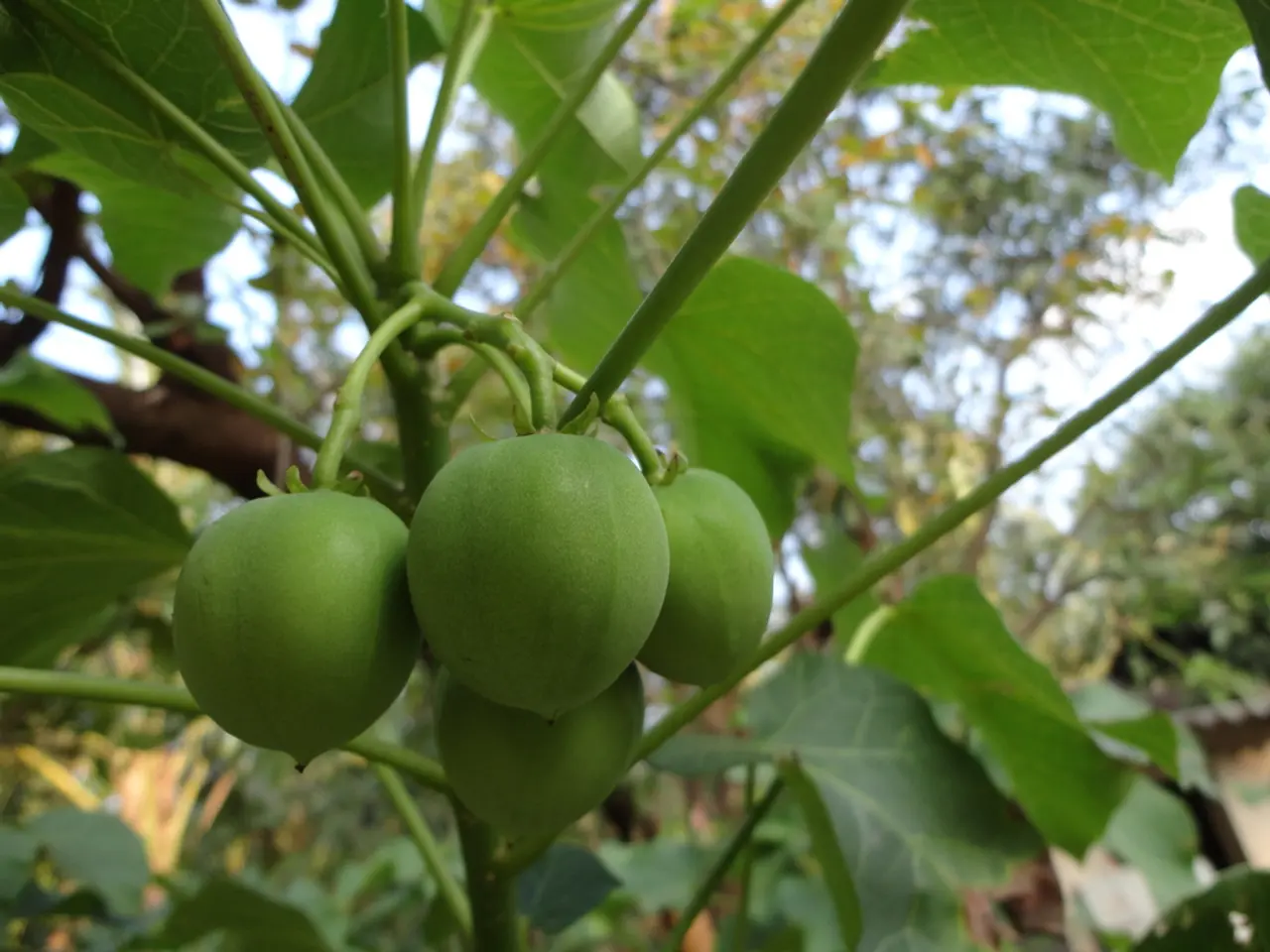September Pruning Guide: What to Cut and When
September marks an important time for gardeners to tend to their plants, with specific pruning tasks for different species. While some plants benefit from a September trim, others should be left alone to avoid stress or damage.
For black currants, maintain a balance of ages by removing old branches over 4-5 years and keeping 12-15 branches of varying ages for optimal yield. In fruit trees, remove inward-growing, rubbing, and parallel branches to encourage healthy growth. Prune black currants to an outer bud to stimulate growth out of the crown. However, avoid pruning roses and hydrangeas in September to prevent stimulating new growth that could weaken the plants before winter.
Strong fruit tree branches should be shortened by about a third, with weaker ones pruned more severely. This encourages vigorous growth the following season. The goal of pruning fruit trees is to create a robust framework, convenient height, and good light and air circulation within the crown. For red currants, thin out the center, removing weak and overcrowding branches, but avoid cutting the ends to preserve yield.
In September, remove dry and diseased branches from plants to prevent pests and infections from overwintering. Prune plants to heal wounds before the first frost to protect against freezing. For grapevines, prune shoots, remove suckers, and prepare the plant for winter.
September pruning varies by plant type. Black currants and fruit trees require specific care, while roses and hydrangeas should be left untouched. Removing dead and diseased branches, and pruning to heal wounds before frost, helps protect plants over winter. Always consider the specific needs of each plant when deciding on pruning in September.





